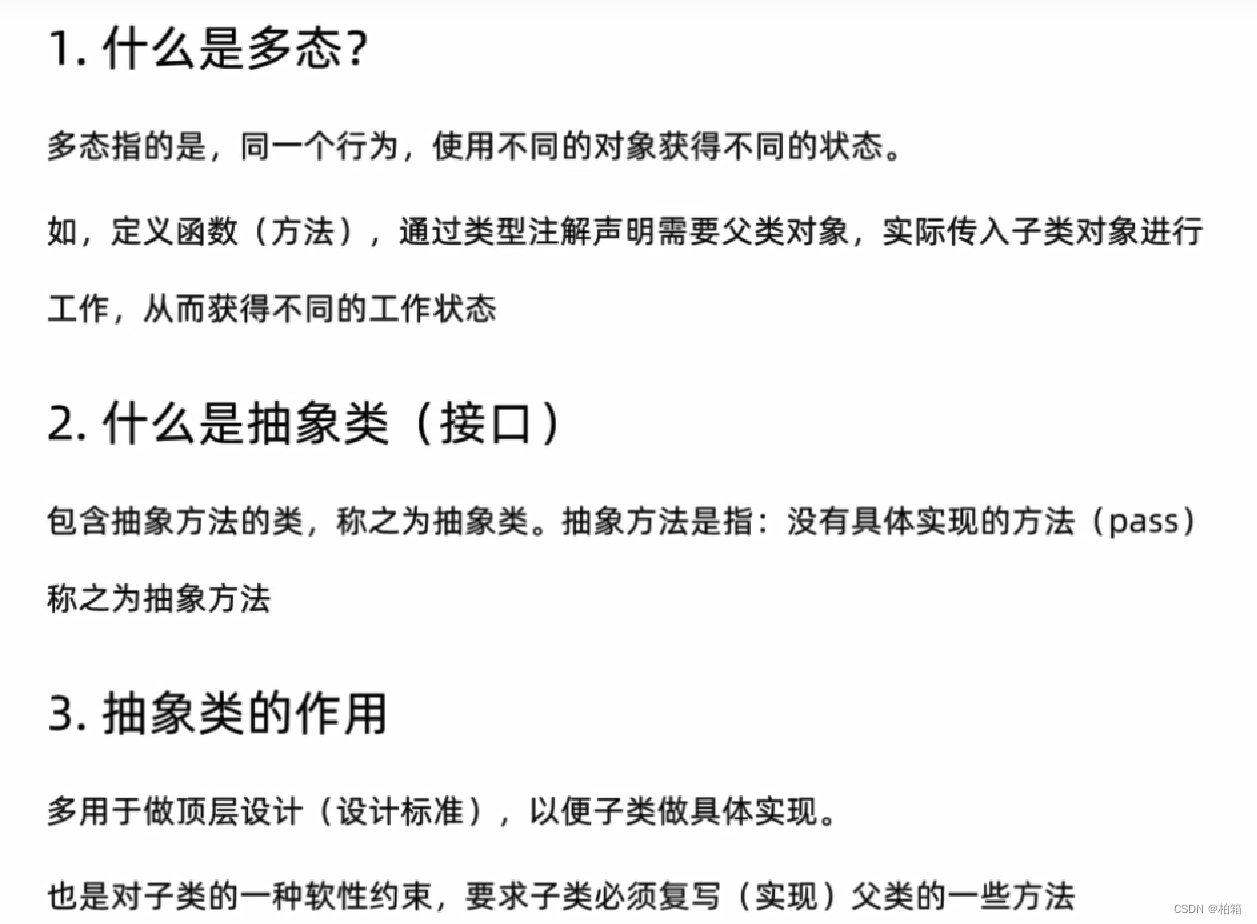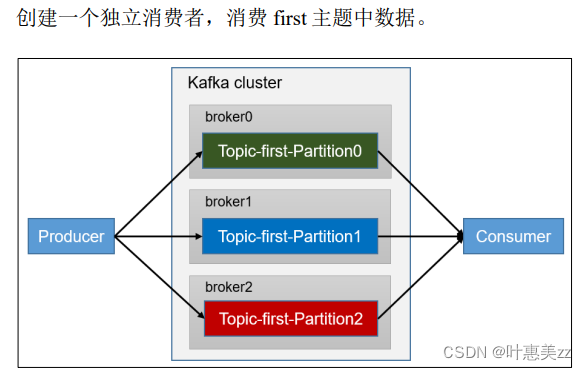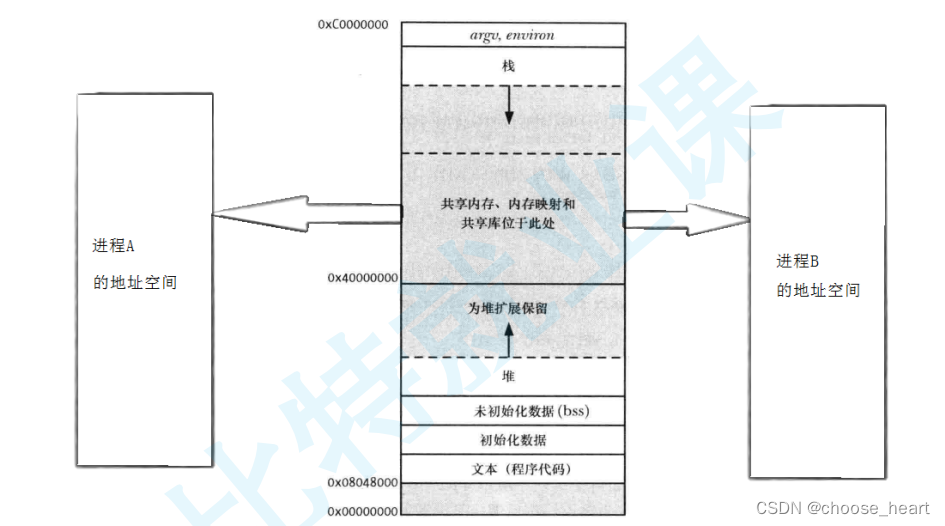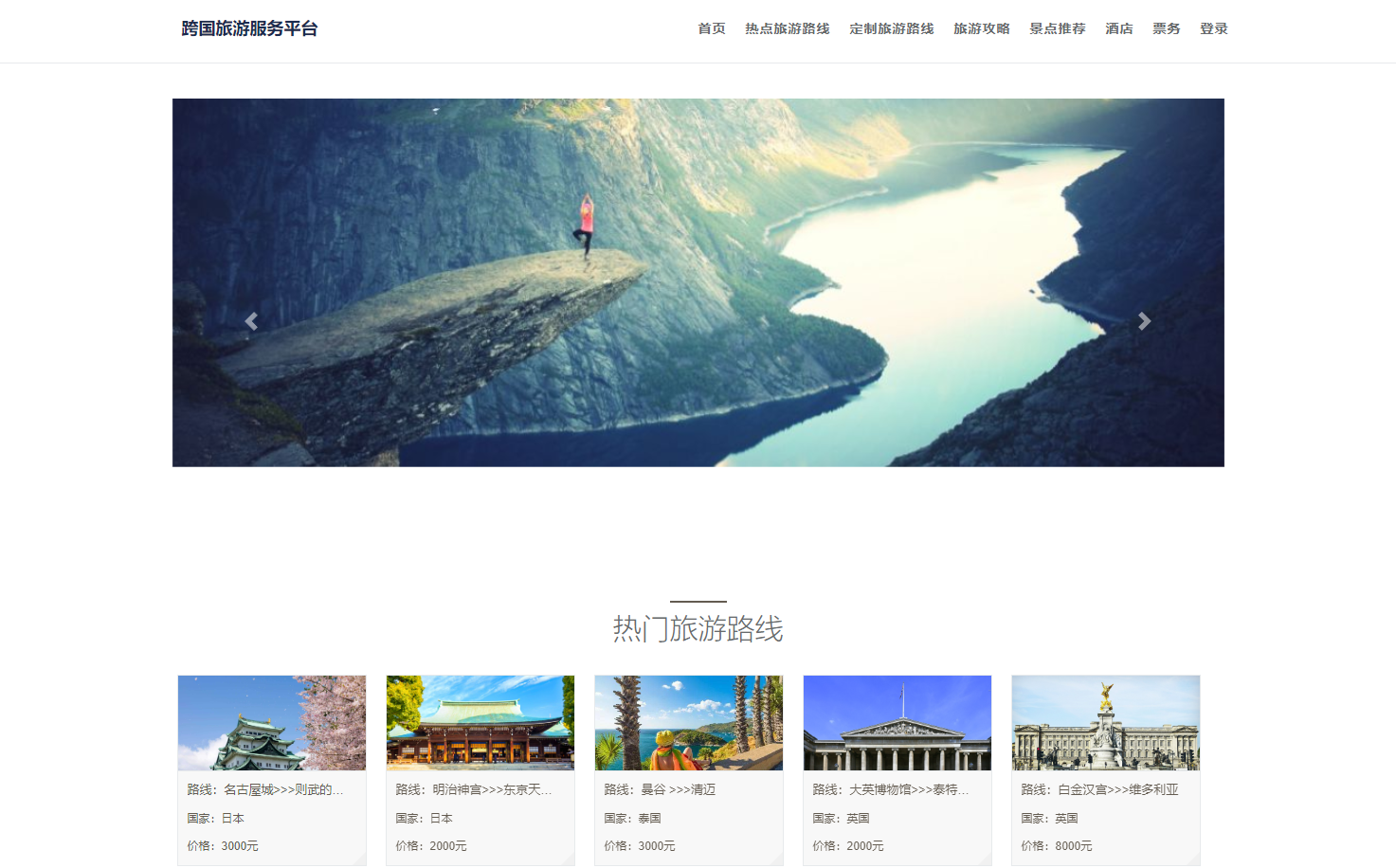0 总述
imshow()允许你将图像(将进行颜色映射——基于norm和cmap——的2D数组或将按原样使用的3D RGB(A)的数组)渲染到数据空间中的矩形区域。最终渲染中图像的方向由原点和范围关键字参数(以及生成的AxesImage实例上的属性)和Axes的数据限制控制。
extent关键字参数控制数据坐标中的边界框,图像将填充该边界框在数据坐标中指定为(左、右、上、下),origin关键字参数控制图像填充该边界框的方式,最终渲染图像中的方向也受Axes限制的影响。
提示
下面的大部分代码用于向绘图添加标签和信息文本,所描述的原点和范围的影响可以在图中看到,而无需遵循所有的代码细节。
为了快速理解,你可能希望跳过下面的代码详细信息,直接继续讨论结果。
import matplotlib.pyplot as plt
import numpy as np
from matplotlib.gridspec import GridSpec
def index_to_coordinate(index, extent, origin):
"""Return the pixel center of an index."""
left, right, bottom, top = extent
hshift = 0.5 * np.sign(right - left)
left, right = left + hshift, right - hshift
vshift = 0.5 * np.sign(top - bottom)
bottom, top = bottom + vshift, top - vshift
if origin == 'upper':
bottom, top = top, bottom
return {
"[0, 0]": (left, bottom),
"[M', 0]": (left, top),
"[0, N']": (right, bottom),
"[M', N']": (right, top),
}[index]
def get_index_label_pos(index, extent, origin, inverted_xindex):
"""
Return the desired position and horizontal alignment of an index label.
"""
if extent is None:
extent = lookup_extent(origin)
left, right, bottom, top = extent
x, y = index_to_coordinate(index, extent, origin)
is_x0 = index[-2:] == "0]"
halign = 'left' if is_x0 ^ inverted_xindex else 'right'
hshift = 0.5 * np.sign(left - right)
x += hshift * (1 if is_x0 else -1)
return x, y, halign
def get_color(index, data, cmap):
"""Return the data color of an index."""
val = {
"[0, 0]": data[0, 0],
"[0, N']": data[0, -1],
"[M', 0]": data[-1, 0],
"[M', N']": data[-1, -1],
}[index]
return cmap(val / data.max())
def lookup_extent(origin):
"""Return extent for label positioning when not given explicitly."""
if origin == 'lower':
return (-0.5, 6.5, -0.5, 5.5)
else:
return (-0.5, 6.5, 5.5, -0.5)
def set_extent_None_text(ax):
ax.text(3, 2.5, 'equals\nextent=None', size='large',
ha='center', va='center', color='w')
def plot_imshow_with_labels(ax, data, extent, origin, xlim, ylim):
"""Actually run ``imshow()`` and add extent and index labels."""
im = ax.imshow(data, origin=origin, extent=extent)
# extent labels (left, right, bottom, top)
left, right, bottom, top = im.get_extent()
if xlim is None or top > bottom:
upper_string, lower_string = 'top', 'bottom'
else:
upper_string, lower_string = 'bottom', 'top'
if ylim is None or left < right:
port_string, starboard_string = 'left', 'right'
inverted_xindex = False
else:
port_string, starboard_string = 'right', 'left'
inverted_xindex = True
bbox_kwargs = {'fc': 'w', 'alpha': .75, 'boxstyle': "round4"}
ann_kwargs = {'xycoords': 'axes fraction',
'textcoords': 'offset points',
'bbox': bbox_kwargs}
ax.annotate(upper_string, xy=(.5, 1), xytext=(0, -1),
ha='center', va='top', **ann_kwargs)
ax.annotate(lower_string, xy=(.5, 0), xytext=(0, 1),
ha='center', va='bottom', **ann_kwargs)
ax.annotate(port_string, xy=(0, .5), xytext=(1, 0),
ha='left', va='center', rotation=90,
**ann_kwargs)
ax.annotate(starboard_string, xy=(1, .5), xytext=(-1, 0),
ha='right', va='center', rotation=-90,
**ann_kwargs)
ax.set_title(f'origin: {origin}')
# index labels
for index in ["[0, 0]", "[0, N']", "[M', 0]", "[M', N']"]:
tx, ty, halign = get_index_label_pos(index, extent, origin,
inverted_xindex)
facecolor = get_color(index, data, im.get_cmap())
ax.text(tx, ty, index, color='white', ha=halign, va='center',
bbox={'boxstyle': 'square', 'facecolor': facecolor})
if xlim:
ax.set_xlim(*xlim)
if ylim:
ax.set_ylim(*ylim)
def generate_imshow_demo_grid(extents, xlim=None, ylim=None):
N = len(extents)
fig = plt.figure(tight_layout=True)
fig.set_size_inches(6, N * (11.25) / 5)
gs = GridSpec(N, 5, figure=fig)
columns = {'label': [fig.add_subplot(gs[j, 0]) for j in range(N)],
'upper': [fig.add_subplot(gs[j, 1:3]) for j in range(N)],
'lower': [fig.add_subplot(gs[j, 3:5]) for j in range(N)]}
x, y = np.ogrid[0:6, 0:7]
data = x + y
for origin in ['upper', 'lower']:
for ax, extent in zip(columns[origin], extents):
plot_imshow_with_labels(ax, data, extent, origin, xlim, ylim)
columns['label'][0].set_title('extent=')
for ax, extent in zip(columns['label'], extents):
if extent is None:
text = 'None'
else:
left, right, bottom, top = extent
text = (f'left: {left:0.1f}\nright: {right:0.1f}\n'
f'bottom: {bottom:0.1f}\ntop: {top:0.1f}\n')
ax.text(1., .5, text, transform=ax.transAxes, ha='right', va='center')
ax.axis('off')
return columns
1 默认范围
首先,让我们看一下默认范围 default extent = None
generate_imshow_demo_grid(extents=[None])

通常,对于形状(M, N)的数组,第一个索引沿垂直方向运行,第二个索引沿水平方向运行。像素中心位于整数位置,水平范围为0到N'= N - 1,垂直范围为0到M'= M - 1。origin确定如何在边界框中填充边框。
对于origin = 'lower':
[0, 0]对应的是(左,下)[M', 0]对应的是(左,上)[0, N']对应的是(右,下)[M', N']对应的是(右,上)
对于origin = 'upper' 将会反转垂直轴的方向和填充:
[0, 0]对应的是(左,上)[M', 0]对应的是(左,下)[0, N']对应的是(右,上)[M', N']对应的是(右,下)
总之,[0, 0]的位置和范围受到origin的影响:
| origin | [0, 0]位置 | 范围 |
|---|---|---|
| upper | 上左 | (-0.5, numcols-0.5, numrows-0.5, -0.5) |
| lower | 下左 | (-0.5, numcols-0.5, -.05, numrows-0.5) |
origin的默认值由rcParams["image.origin"](默认值为’upper’)设置,默认为’upper’以匹配数学和计算机图像索引约定中的矩阵索引约定。
2 显式范围
通过设置范围,我们定义图像区域的坐标。对基础图像数据进行插值/重采样以填充该区域。
如果Axes设置为自动缩放,则Axes的视图限制将设置为范围匹配,从而确保(left, bottom)设置的坐标位于Axes的左下角。但是,这可能会反转轴,因此它们不会在“自然”方向上增加:
extents = [(-0.5, 6.5, -0.5, 5.5),
(-0.5, 6.5, 5.5, -0.5),
(6.5, -0.5, -0.5, 5.5),
(6.5, -0.5, 5.5, -0.5)]
columns = generate_imshow_demo_grid(extents)
set_extent_None_text(columns['upper'][1])
set_extent_None_text(columns['lower'][0])

3 显式确定范围和Axes极限
如果我们通过显式设置set_xlim/set_ylim来固定Axes极限,我们会强制Axes的一定大小和方向。这可以将图像的“左-右”和“上-下”感觉与屏幕上的方向分离。
在下面的示例中,我们选择了略大于范围的极限(注意Axes内的白色区域)。
虽然我们保留了前面示例中的范围,但坐标(0,0)现在显式地放在左下角,值向上和向右增加(从查看者的角度来看)。我们可以看到:
- 坐标(左,下)锚定图像,然后填充朝向数据空间中(右,上)点的框;
- 第一列始终最靠近“左”;
- 原点控制第一行是最接近“顶部”还是“底部”;
- 图像可以沿任一方向反转;
- 图像的“左-右”和“自上-下”感觉可能与屏幕上的方向无关。



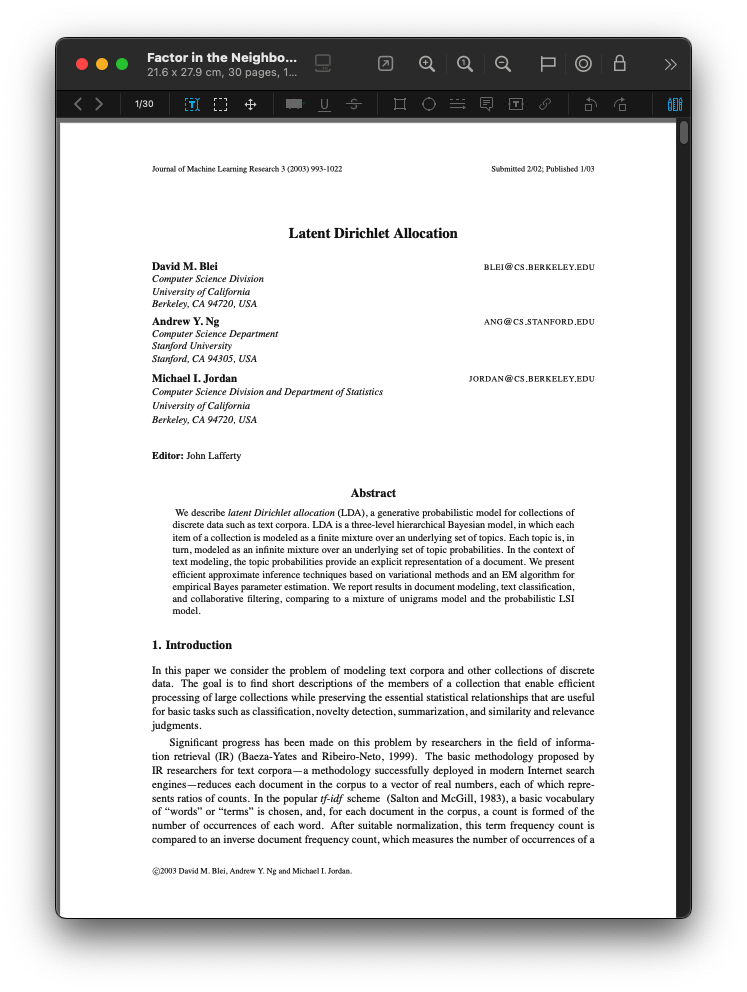
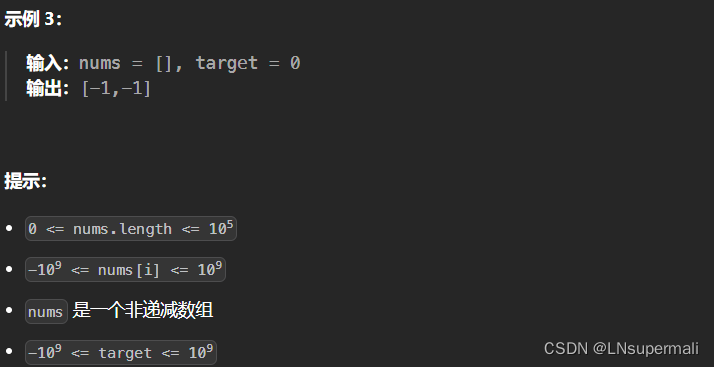
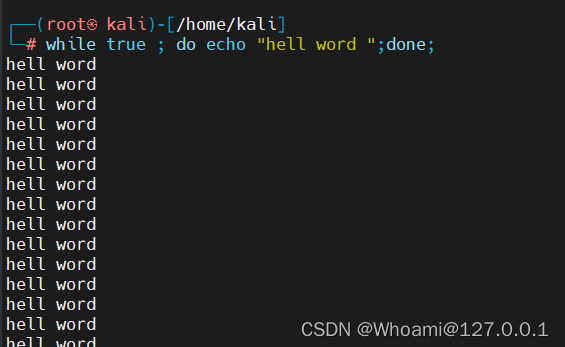
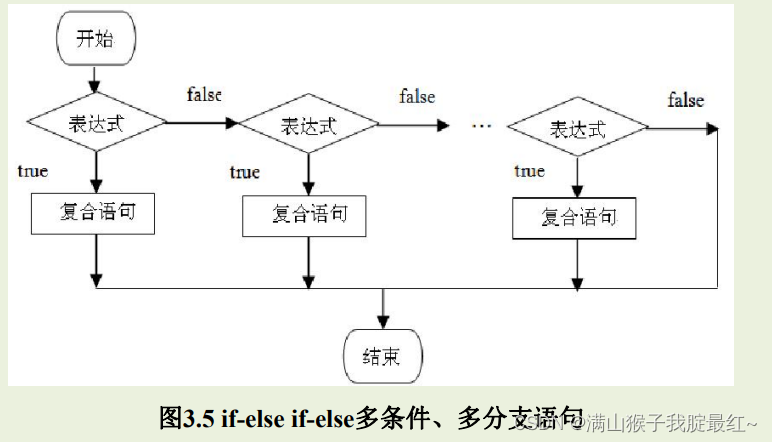

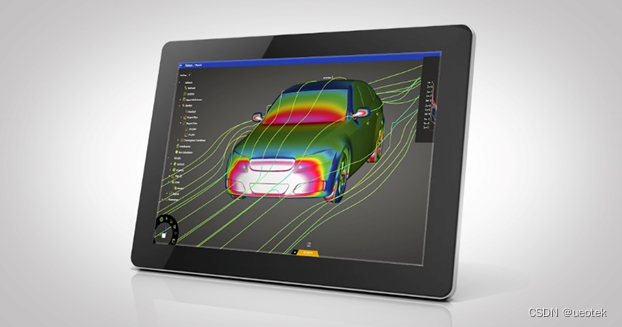
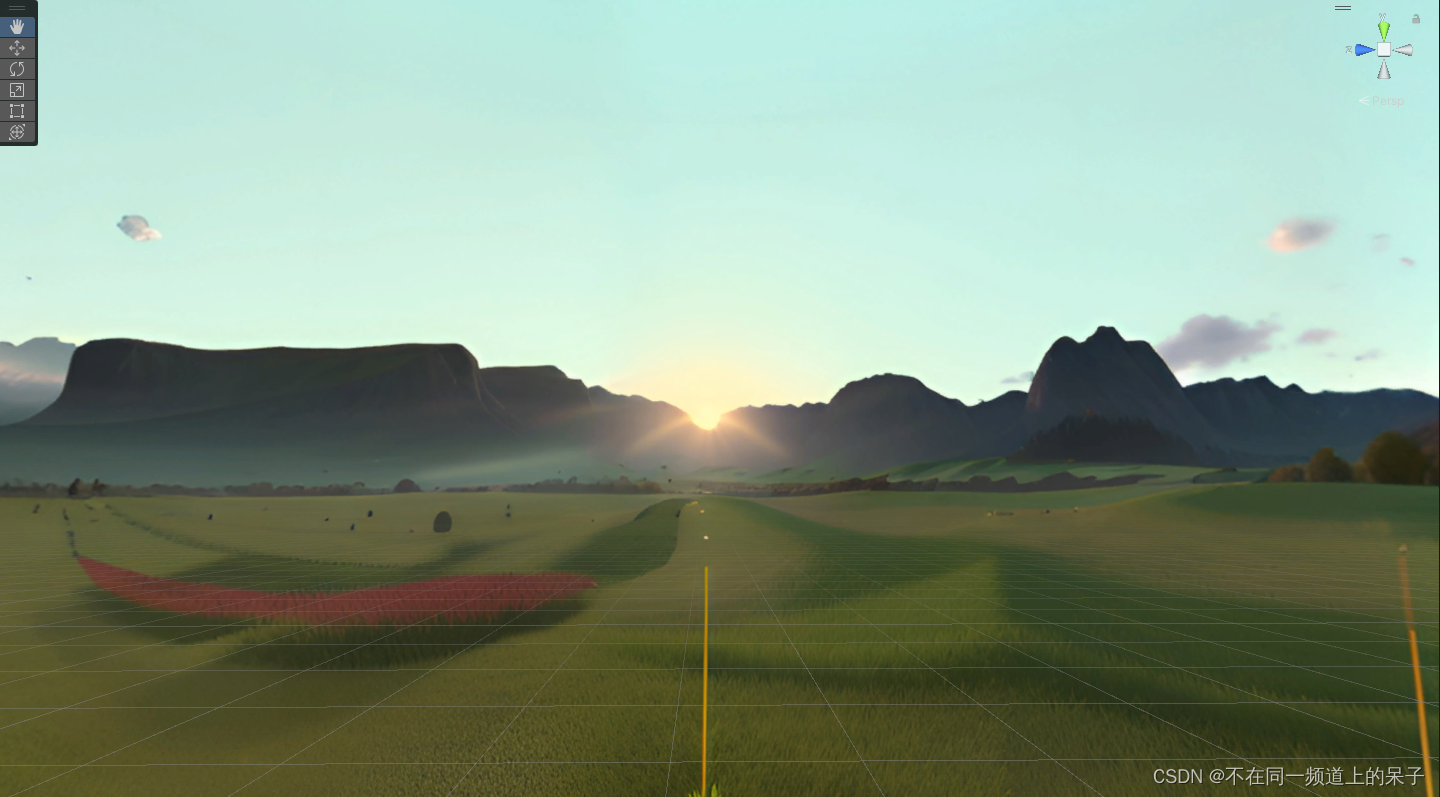




![LeetCode 刷题 [C++] 第226题.翻转二叉树](https://img-blog.csdnimg.cn/direct/b95f6cf4db03439380eca20a6b2eecfa.png)
